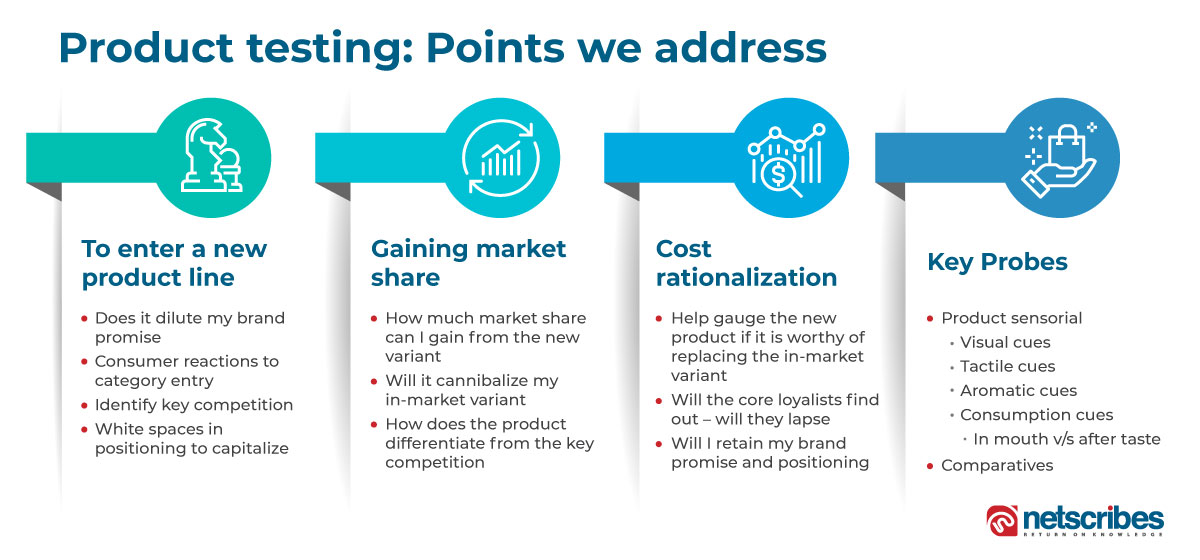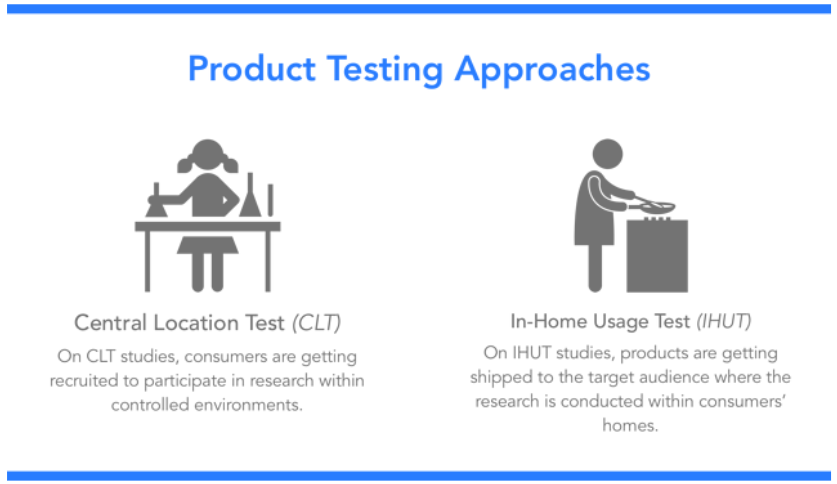Consumer product testing in a post-pandemic market
In February of 2022, the FDA reached out to manufacturers- Best Brand Consumer Products, notifying them of the results of the testing of their products: two varieties of hand sanitizers sold to children. With a Disney-themed packaging (featuring baby Yoda and mickey mouse), the FDA found benzene and methanol in these sanitizers. Long-term exposure to these substances can pose a severe health hazard- leading to even leukemia and death in severe cases. With children as their target market, this was doubly worrying with the persistent fear of ingestion. When the company investigated the matter, they discovered the manufacture dated to 2020 with retail outlets no longer selling it as of 2021. However, with consumers still having purchased, the company is now conducting a voluntary recall.
Cases such as these, remind firms of the importance of consumer product testing. Research indicates that out of the 30,000+ products launched every year, 95% fail. In today’s post-pandemic market with constantly shifting consumer patterns, brands too are striving to stay relevant with new, innovative products on their shelves. Now more than ever, your consumer’s input plays an important role. In a market increasingly shaped by consumer choice, product testing before launch assumes a crucial role. Product testing, simply put, is the process of directly gathering customer feedback about your product. Is your product viable? What factors did consumers like and what can be improved upon? Further, you can evaluate consumer response to your product on specific metrics like composition, ingredients, form factor, packaging, etc., and utilize these inputs to better your product.
The different stages of testing
Whether you are a new brand in the market or an established brand looking to launch a new product or a product variant, testing, can be done at any stage of product development:
- The ideation phase: Before proceeding to develop and engage in the production of any new product or product variant, the concept is laid out and ideated. Testing your product concept is an important first step to understanding the market landscape, competition, concept viability, target customer reception, and market opportunities.
Read our case study: Concept testing to understand the market viability of new healthcare devices
- Soft launching the beta version: Once your product is almost ready, closely testing a prototype with your target market is extremely important before launching it. Potential consumers provide their feedback through face-to-face conversations, formal surveys, and even telephonic interviews. Depending on the type of product, responses are taken on visual appeal to packaging and product feel, functionality, usability, quality, buyer intent, taste, etc. This enables the manufacturer to imbibe these responses to further improve on what’s already built and fix anything amiss.
Read our case study: Market testing a medical device prototype - Market testing: You might have often noticed sample products on store shelves. A brand representative might have offered free samples and asked you to provide your feedback through an online or offline survey. Here, brands engage in mass testing their final product in the unregulated environment of the store. While product testing is done in a controlled environment, market testing provides insights into a product’s performance in the market.
- Post-launch revamps: Post-launch, a firm can’t simply throw hands and let the product do the talking. As illustrated in the first example of the sanitizers, it is important to consistently check your product. Is it performing well? Can it be redesigned to suit the current market trends? Is it faulty or using outdated mechanisms?
The testing approach
A stitch in time can save nine and product testing personifies this. The Netscribes market intelligence team ensures effective responses by addressing the following questions in their product testing processes:

Consumer product testing can be executed in one of two ways:
- Blind product testing: In this method, the products are masked and assigned codes and the consumers are unaware of the products they are testing
- Unblind product tests: Here, consumers are given unmasked products
Product prototype testing usually undertakes one of the following two approaches:
- Central Location Testing (CLT)
- In-home-Usage Test (IHUT)

Testing for the post-pandemic consumer
The pandemic led firms to rethink their research methods. In fact, extended lockdowns and a shift in consumption habits have led to high participation in consumer research– with consumers eager to share their opinions and have their voices heard. From video diaries and detailed online expert panel discussions to virtual focus groups and online surveys, home testing is taking the front seat.
With customers today accustomed to staying indoors for long periods and settling into a work-from-home environment, their habits have adapted accordingly. IHUT might just be defining the new normal of market research. Not only can the IHUT offer personalized and deeper consumer insights, but it is also capturing the customer in their natural environment to provide accurate information. Further, with concerns about hygiene and health still prevailing, IHUT studies are presenting market research firms with the flexibility to either go and take an in-person interview or ship the product and then record the findings via online survey platforms. This is exceptionally beneficial for products that require a longer assessment period such as soaps, shampoos, or sanitary pads among others.
To illustrate an example, between mid-August till mid-September, 2021, Netscribes conducted an IHUT product testing survey to evaluate the performance of entry-level scotch whiskey against two in-market competition blends. To carry this out, we conducted a double-blind blend test, first defining research objectives, the scope of the study, and the target audience to be surveyed. Once these parameters were narrowed down, we undertook a quantitative analysis where each respondent consumed all 3 blends and noted their sensory and taste preferences, followed by a qualitative analysis with in-depth interviews of 30 respondents picked at random.
This rigorous analysis not only presented accurate and in-depth results in relation to the product itself and its performance relative to competition but also enabled the firm to better understand their evolving customer preferences and consumption patterns.
Download the case study now: Product testing research for a global alcohol brand
In today’s market, we believe that IHUT will gain increasing popularity with researchers and respondents alike. Once you’ve defined the what, why, and who aspect of your product testing approach, resolving the where and how with IHUT can validate your assumptions, and offer a 360-degree perspective. As automation penetrates the research industry, Highlight has recently raised another $7M for its in-home testing platform, with its CEO Dana Kim stating, “The closer you can get to the most organic, natural consumer experience, the more valuable that feedback is because that’s how consumers will actually experience your product in their realistic day to day, not in a sterile facility or in over-observed situations.”
Today’s market and consumer preferences are rapidly shifting, and agile testing is the need of the hour. With an increased emphasis on sustainability among consumer segments, several factors must be taken into account before releasing a product into the market. In the testing process too, researchers are looking to ensure agile, sustainable processes that minimize wastage. How do you decide when a product must be launched? What is the suitable testing process to gain optimum consumer insights in today’s new normal? We answer all your questions with our robust consumer insights and market research solutions. To schedule a consultation for your next testing study, contact us today.
With inputs by Poulami Paul and Ananta Nandni, Consumer Insights specialists (Market Intelligence), Netscribes.

